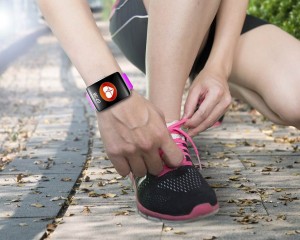The Impact of Wearables on the Life Insurance Industry
According to the just released 2016 Insurance Barometer Study, 51 percent of Millennials and 30 percent of people overall are very or extremely likely to consider wearing an activity tracker and share those results with a life insurance company in return for financial rewards for healthy behaviors.
Insurance companies are actively trying to promote the use of wearable and fitness trackers. Wearable users are an attractive demographic for insurance companies. In its annual Wearables Report, NPD Group found that 36 percent of fitness-tracker owners in the U.S. were 35–54 years old, 41 percent had an average income of more than $100,000, and 54 percent were women. Smartwatch users skewed even younger.
Among life insurers, John Hancock stepped out as an early leader, allowing policyholders to use their iOS devices in addition to their FitBits to track wellness goals and receive discounts on life insurance premium. However, many more life insurers may soon find innovative uses for wearables and the data they generate. Everything from marketing to underwriting to in-force management could be profoundly affected.
Whether wearables are a fad or here to stay is yet to be seen. Some studies have shown that half of users lose interest within a few months. Insurance companies are also very conservative, highly regulated and slow to change. However, if consumers adopt it and grant permission to use the data to insurers, and if insurers incorporate the data into their operations and decision-making, the future of the life insurance industry could look very different than it does today.


Leave a Comment